Story by Phillip Berman / August 17, 2018
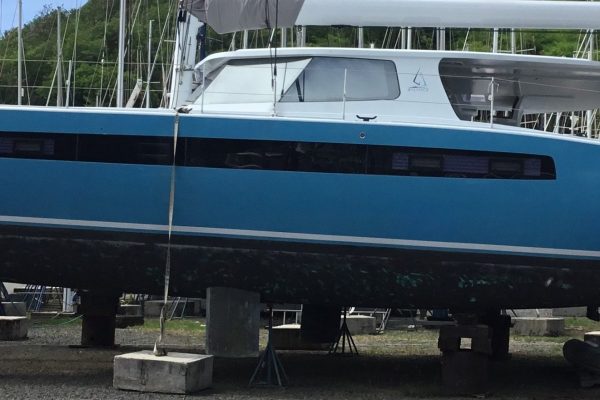
By: Phillip Berman, published with editor’s permission from Boating NZ and Blue Water Sailing
In my forty-five year career in the catamaran industry there’s been a relentless debate on the virtues and vices of daggerboards versus fixed keels. This debate has, however, mostly been waged without “hard numbers” from which to compare performance differences. As we have had requests at Balance Catamarans for both keels and daggerboards, Anton Du Toit (my design partner) and I felt we should conduct a study, the results of which follow.
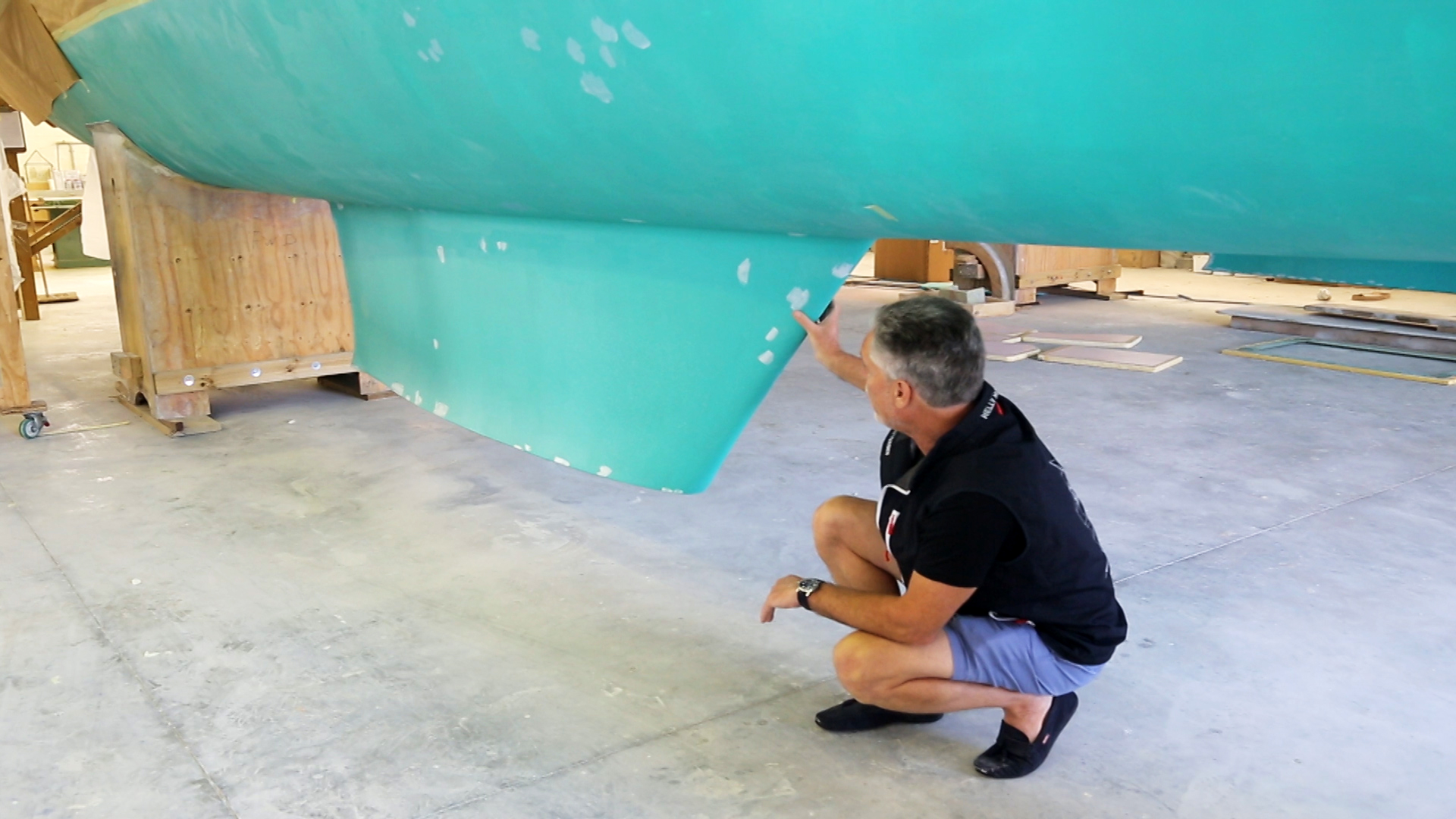
When we first set out to design and construct the Balance 526 we were aiming for cruising couples who wanted more performance and quality than they could find in mass production cats, but also more interior space, payload capacity and ease of use and maintenance than consumers focusing primarily on speed. Our intent was to find the balance – not to create the “lightest and fastest 52” in the world, or the “largest 52,” but a catamaran that could sail swiftly on all points of sail, carry significant levels of payload, yet still be gracious to live on. We also wanted her to be pleasing to the eye.
Our focus at Balance brings us an interesting range of buyers, some of whom are more focused on strength, space, safety and comfort rather than all out speed (cruiser types), others who are more speed focused, less value oriented, and prepared to give up comfort, ease of operation and payload capacity to go a bit faster (racer types). The later sorts of buyers are mostly what I affectionately call “spreadsheet guys.” (Full disclosure: I am not a spreadsheet guy. I am far more focused on how a boat lives, how tough she is, what she can carry, and how simple she is to sail and maintain without a professional crew.)
As we have gone along a few of our customers have asked if we would create the 526 with performance keels rather than daggerboards. They felt that the advantages of keels trumped the performance advantages of boards. We were happy to comply, so Anton set about to design high performance keels for the 526. (Note: On our 451, we only offer her with dual daggerboards and two shallow permanent fixed minikeels. On all other Balance designs it remains customer choice which configuration they wish to have.)
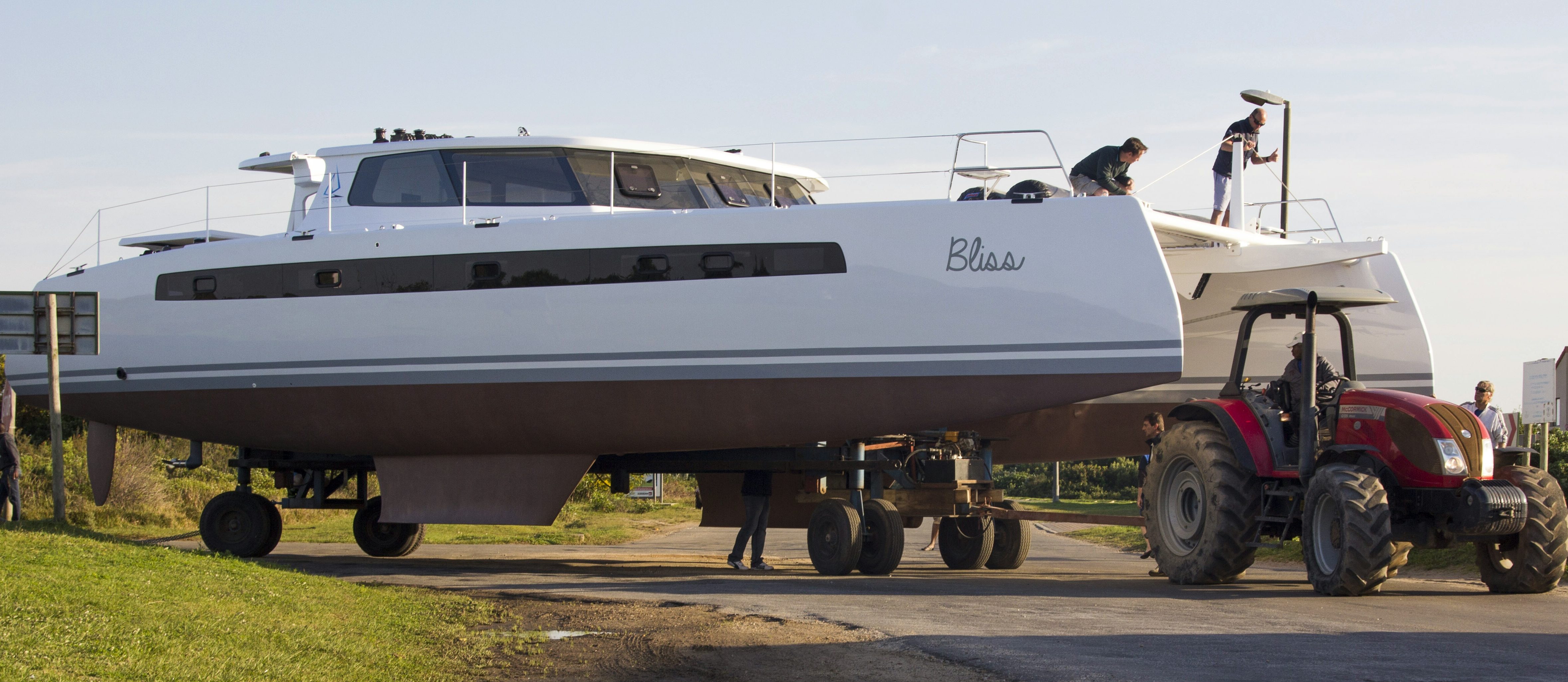
What we were not prepared to do was tell 526 buyers how much faster or slower the two different configurations would be. We felt it best to heed Lord Bryon’s advice to evade “kant and hyperbole” (the language of the day at boat shows!) so we hired the Wolfson Unit for Marine Technology and Industrial Aerodynamics at the University of Southampton to conduct comparative studies of the two configurations on identical 526 models. When you are comparing identical products with just two different variables it seemed a worthwhile study to undertake and share with our customers. It also becomes, to some extent, a worthwhile study for anyone considering a new or used catamaran purchase who is curious how the two different configurations impact performance.
While Anton and I believe these studies can be used by consumers to compare the relative performance differences between boards and keels, it is important to note that the 526 is a very light, narrowhulled epoxy performance cat and the keels we install are considerably finer, deeper and more carefullyshaped than those found on mass production designs. Additionally, we conducted the study with the daggerboards in the fully down position on all points of sail to reduce the studies complexity. The daggerboarded 526 would be marginally faster than the study indicates off- the-wind with boards raised due to a further reduction of wetted surface.
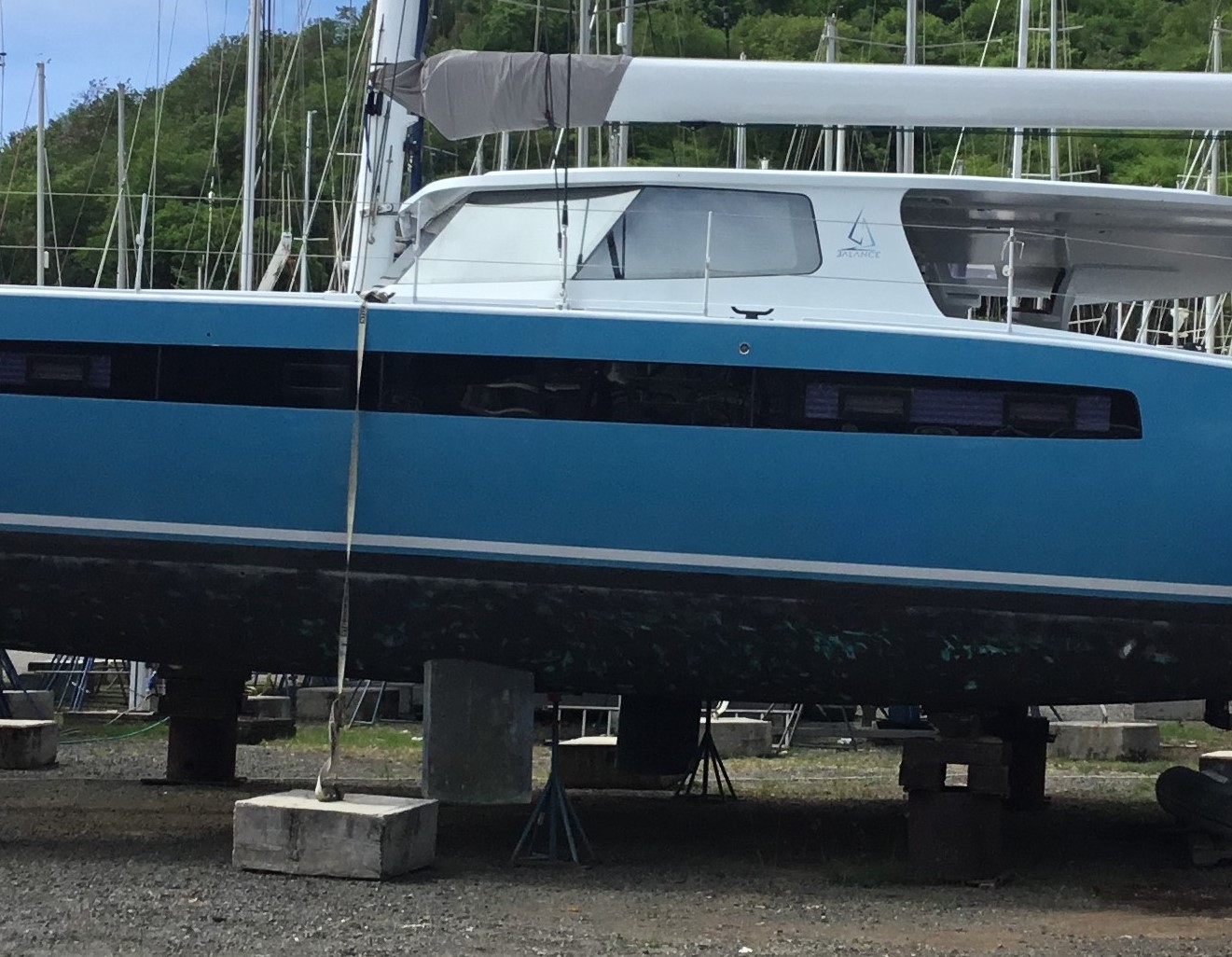
The disparity between keels and boards on a mass-production cat compared to a Balance or any other performance cat would be exaggerated considerably compared to the study that follows. I would note that we erred on the side of caution in setting our lightship weight for this study at 12.5 kg. We have carefully lode cell weighed our 5th boat and the actual lightship weight is 12,215 kg, or 26,930 pounds for the keeled 526 and 12,261 kg, or 27,030 pounds for the daggerboarded 526. Our lightship weight could be lower for customers prepared to put their boats on a diet, or sacrifice quality in several areas, but we have found that they want as much cabinetry as possible, folding tables, glass salon windows, Corian counter tops, and high-end flooring inside and out, etc. Spreadsheet guys miss the mark on this subject constantly in my experience. They also wrongly compare boats based on length, rather than the interior volume of the hulls and bridge – what I call the sum total of fiberglass parts. Regardless, the polars closely mimic the high performance our yachts have proven in real life cruising, fully laden, so this gives us great confidence in the studies accuracy.
Performance, of course, is not the be all and end all, so it is important to examine the advantages and disadvantages of boards versus keels beyond speed. They are as follows:


Shifting our focus now to the performance data generated by Wolfson Unit. Their analysis returned the predicted boat speed and leeway angle for the Balance 526 with a keel design and daggerboard design for all combinations of true wind speed from 4 to 25 knots and true wind angles from 40 to 180 degrees. We can begin comparing these two configurations by directly comparing the speed and leeway at major points of sail, specifically beating, close, beam and broad reaching.
While beating the two designs are predicted to perform as follows:
To summarize the upwind comparison, the daggerboard design is, on average, expected to sail 1.5 knots faster and 1.75 degrees higher. While close reaching the daggerboard design has less of an advantage than when beating, as can be seen from Table 2:
While close reaching the daggerboard design is expected to sail 0.5 knots faster and 0.75 degrees higher.
As the true wind angle approaches 90° for a beam reach, the keel and daggerboards become more closely matched.
In the beam reaching comparison the daggerboard design will sail slightly higher with a leeway advantage of about 0.25 degrees but it’s speed advantage in 5 knots TWS of 0.3 knots will fade to a 0.5 knot deficit in 16 knots TWS. At this point of sail the two designs are considered to have equal performance as the differences in leeway and boat speed are negligible.
Finally, while broad reaching the following speeds and leeway’s are expected.


In summary, when broad reaching the daggerboard design regains a slight advantage, as it maintains an additional 0.5 knots of boat speed. Leeway differences are again negligible.
Considering the above analyses, it can be seen that the daggerboard design will typically not only outperform the keel design but also out point it, make less leeway close to the wind, therefore giving the daggerboard design a substantial advantage when racing, or for performance focused sailors.
This data gives a fair comparison of the two designs at specific true wind speeds and angles but in order to fully understand the performance trends and enable better predictions between them, one must consider the entire range of wind conditions and all points of sail. This is best done with the use of speed and leeway deltas, where the differences between the two designs are calculated and analyzed.
The following two figures display the average speed and average leeway deltas. The calculation process to determine the deltas is chosen such that a positive value for the delta indicates an advantage for the daggerboard design, and a negative value favors the keel design. For example, a speed delta of +2 knots and a leeway delta of -1 degrees means that the daggerboard design is 2 knots faster than the keel design under the same conditions but would sail 1 degree lower than the keel design.
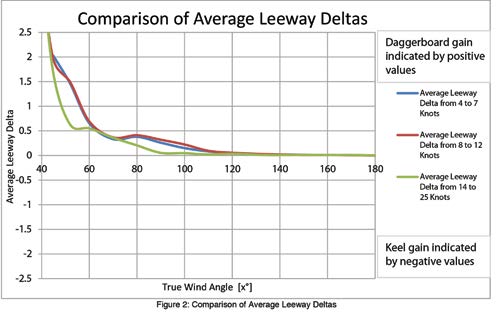 Considering Figures 1 and 2, the three TWS ranges used are from 4 to 7 Knots, 8 to 12 Knots and 14 to 25 Knots and will be referred to as light, medium, and strong wind conditions respectively. By analyzing the Average Speed Deltas shown in Figure 1 below and taking a beam reach (90 degrees TWA) as the point of sail under investigation, we can determine that in light winds the daggerboard design will perform better than the keel design as the blue line (4 to 7 knot TWS range) indicates a positive delta of 0.4 knots at 90 degree TWA. We can therefore expect the daggerboard design to outperform the keel design by about 0.4 knots under these conditions.
Considering Figures 1 and 2, the three TWS ranges used are from 4 to 7 Knots, 8 to 12 Knots and 14 to 25 Knots and will be referred to as light, medium, and strong wind conditions respectively. By analyzing the Average Speed Deltas shown in Figure 1 below and taking a beam reach (90 degrees TWA) as the point of sail under investigation, we can determine that in light winds the daggerboard design will perform better than the keel design as the blue line (4 to 7 knot TWS range) indicates a positive delta of 0.4 knots at 90 degree TWA. We can therefore expect the daggerboard design to outperform the keel design by about 0.4 knots under these conditions.
Counter to this, while still on a beam reach but when moving from a low wind condition to a high wind condition, the keel design begins to perform better. This is now taken from the green line (14 to 25 knot TWS range) and gives a -0.6 knot reading. Therefore the daggerboard design is now expected to be about 0.6 knots slower than the keel design under the new, higher TWS conditions.
Figure 2 is used in the same manner as Figure 1 but shows the leeway angle of each design rather than boat speed. Focusing again on a beam reaching condition, the leeway deltas indicate that the daggerboard will always out point the keel design as all three lines (TWS from 4 to 25 knots) indicate. positive values of 0.3, 0.35, and 0.1 degrees at 90 degrees TWA. Overall, Figure 2 shows that the daggerboard design has a significant gain in leeway over the keel design at all wind speeds and angles. This reaches a maximum when beating (TWA ±40-45 degrees) of 2 degrees, and declines to zero when running (TWA ±180 degrees).
With respect to the average boat speed deltas, Figure 1 shows that the daggerboard maintains a higher boat speed when sailing in light and medium winds (red and blue lines in Figure 1). In stronger conditions (green line) the daggerboards yield better boat speed when beating but the keel surpasses this between TWA of 60 to 145 degrees. Keeping in mind that the study was conducted with the daggerboards fully down at all times, in reality, the daggerboards will be raised in the 60 to 145 TWA range. As such the study slightly underestimates the speed of the daggerboard design over this TWA range.
Overall the daggerboard outperforms the keel in both boat speed and leeway in the vast majority of sailing conditions and is thus considered to be the better design choice if achieving ultimate performance is the key criteria. It should be noted that this study is specific to the Balance 526, but corresponding trends can be expected in performance cats of similar size and design.
In the end, and it is a point I cannot stress enough to any boat purchaser, all boats are sets of compromises and trade-offs, and so too with features – helm designs, sheeting systems, rig layouts, bimini designs, bed designs and locations, baths, engine placement, etc. Because I have been deeply involved in brokerage catamaran sales much of my life I recognize there is no one right or wrong boat, certainly no perfect boat, only a boat that happens to be a better fit for a particular sailor and his or her budget, cruising agenda and specific aesthetic proclivities.
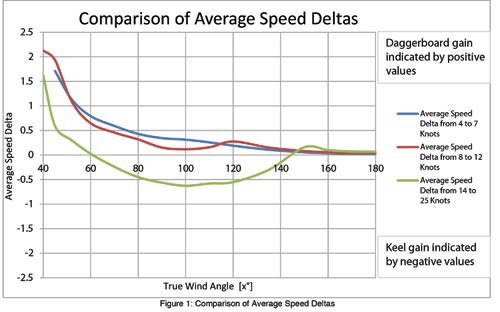
At least now we can say that if someone wants a 526 with keels, here is how she will perform compared to a boarded version. It is then up to the buyer to decide which configuration is the most appealing to them. I will say that, based on the five 526 we have sailing today, with over 60,000 miles of sailing behind them, those owners with keels seem quite happy, just as those with boards.
Alright spreadsheet guys, here’s your numbers to mess with!
Phil Berman is a former Hobie Cat World Champion and the founder of The Multihull Company, a global catamaran yacht brokerage firm. He is also the owner of Balance Catamarans, a boutique brand of high-end performance voyaging catamarans. He can be reached at ph**@**************ny.com.
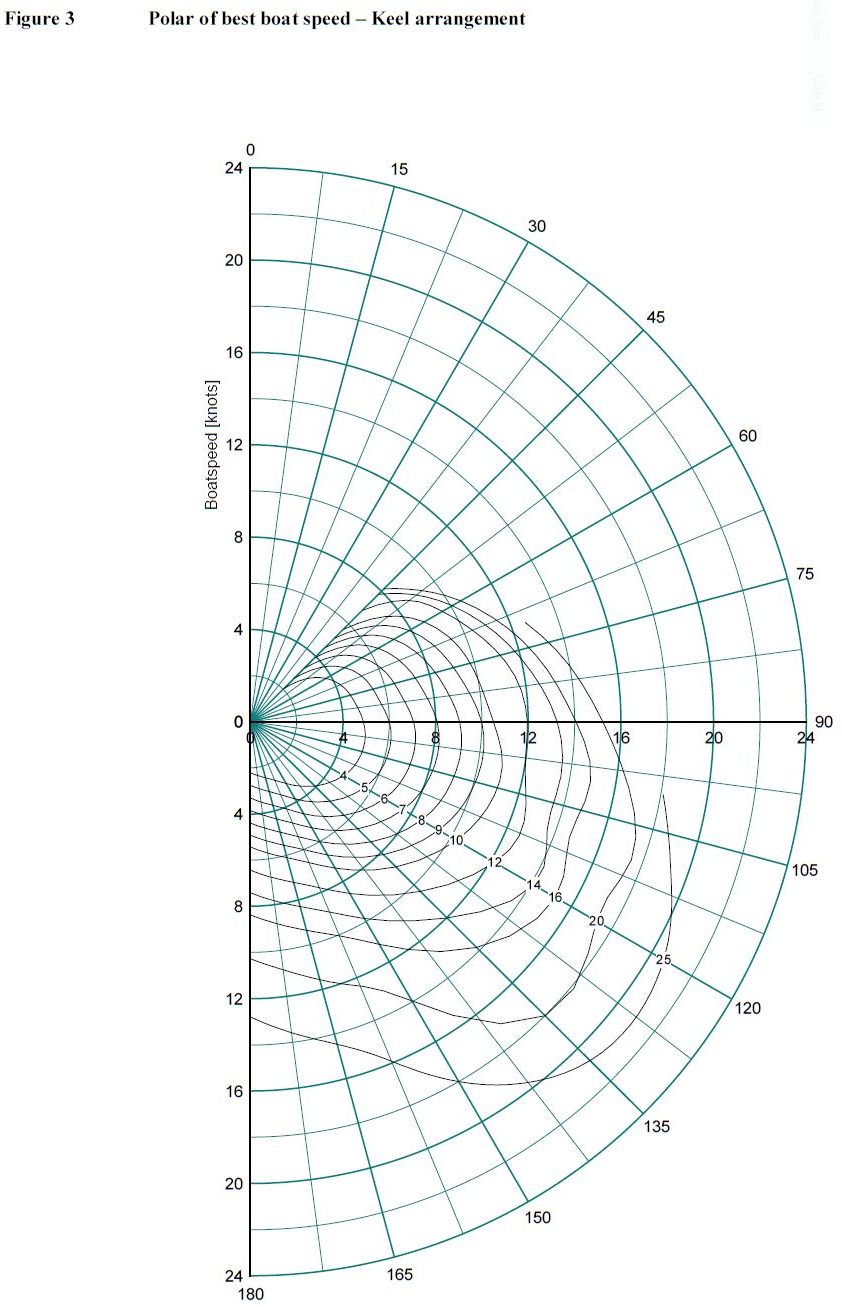
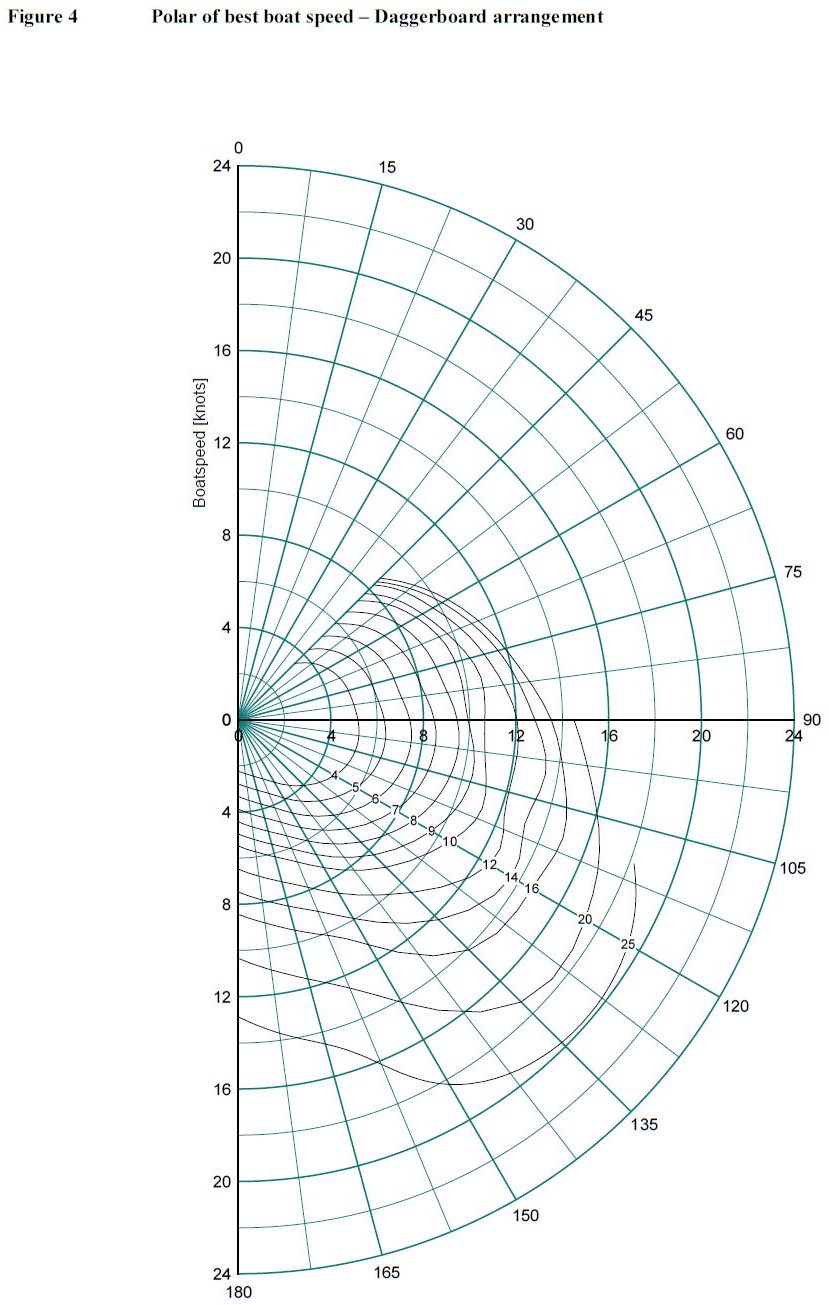
Awesome company that worked as my brokerage on purchasing out FP catamaran. A special shoutout to Will Miller for walking us through the process
The process of selling our boat was made very smooth by the Multihull Company and Andrew Hodgdon in particular. Andrew helped us navigate the selling process including moving our boat from Grenada to Florida to execute the sale. We would recommend working with this company, and Andrew Hodgdon in particular, without hesitation.
Very smooth process. Chuck was great and very knowledgeable about the whole process. Im happy to have had TMC to take care of all the things i didnt know about.
Andy
We feel like we got tremendous service from Chuck. He is a total professional, knowledgeable, confident and a natural salesman. While I’m really sad to give up the boat, we are compl we are completely satisfied that Chuck sold it for us.
The Multihull Company-St Augustine, and in particular Andrew Hodgdon handled the sale of my Balance 442 Catamaran. Andrew was professional, transparent and a pleasure to do business with.
Successful relationships cannot exist without it. At The Multihull Company we base every relationship on a firm commitment to earning and retaining our client’s trust.
Advice of any kind is valuable only when grounded in hard-won expertise. It too, must be trustworthy. Trust and expertise define the heart and soul of The Multihull Company. We are a team of skilled professionals who thrive on providing expert, trustworthy advice and service to catamaran and trimaran sailors around the globe.
Read More